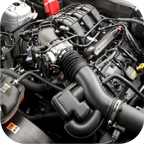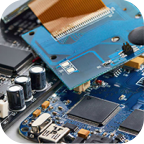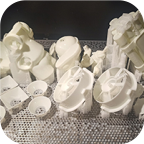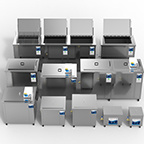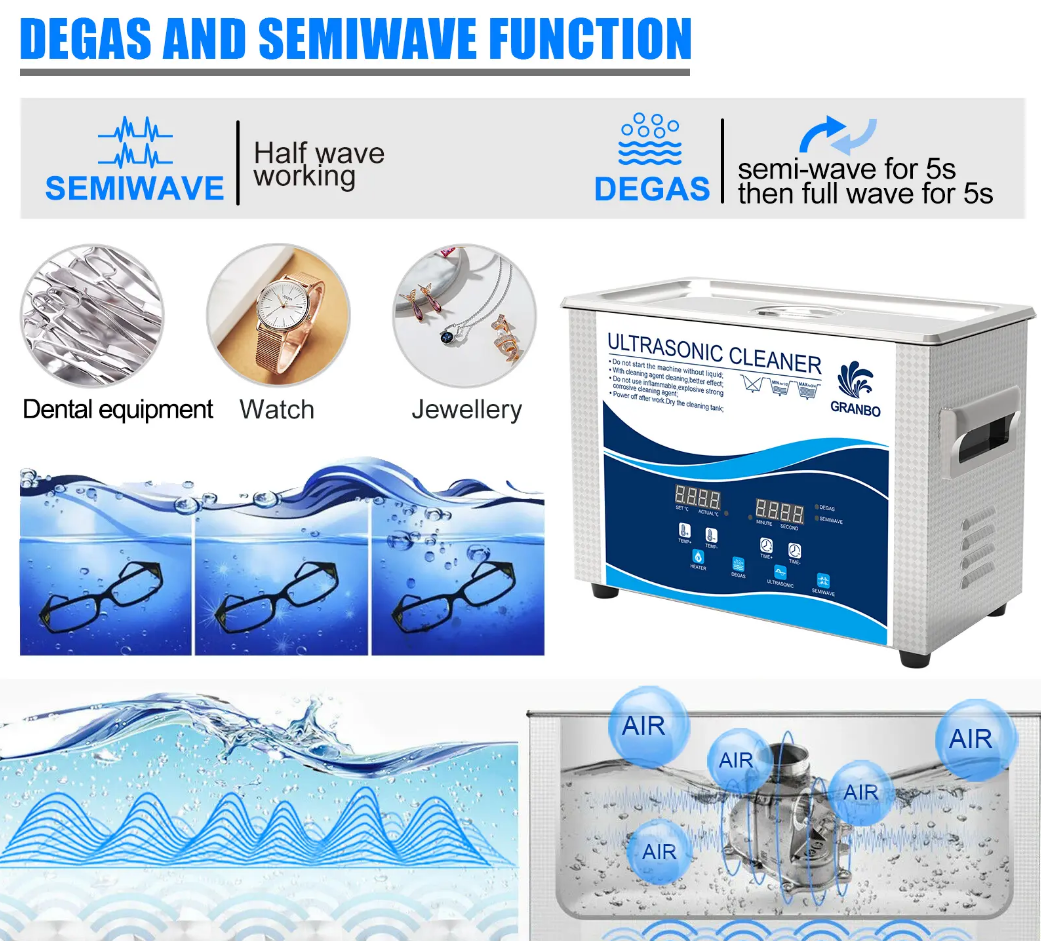Understanding Ultrasound Cleaning: Key Terminology and Essential Appendix
Browse Volume:28 Classify:Support
The Science Behind Ultrasound Cleaning
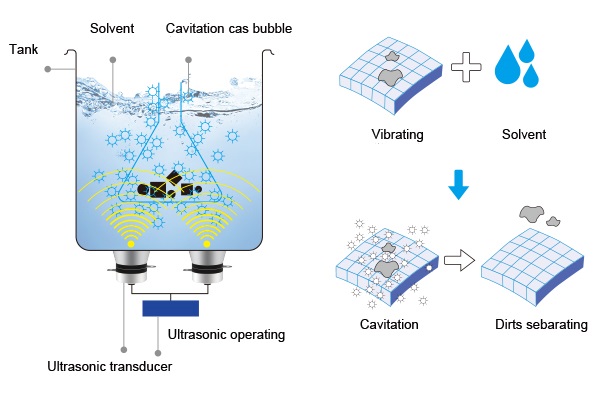
Ultrasound cleaning operates on the principle of cavitation, a process where sound waves generate microscopic bubbles in a liquid. These bubbles grow and collapse, releasing energy that scrubs surfaces clean. The frequency of the sound waves plays a significant role in determining the cleaning effectiveness. Lower frequencies (20-40 kHz) produce larger bubbles, suitable for heavy-duty cleaning, while higher frequencies (40-80 kHz or more) create smaller bubbles, ideal for delicate items.
The cleaning solution, or solvent, is another critical component. It enhances the cavitation process by reducing surface tension and dissolving contaminants. Common solvents include water-based solutions, alkaline cleaners, and specialized degreasers.
Key Terminology in Ultrasound Cleaning
1. Cavitation
Cavitation refers to the formation, growth, and implosion of bubbles in a liquid due to pressure changes caused by sound waves. This phenomenon is the backbone of ultrasound cleaning, as the energy released during bubble collapse dislodges contaminants.
2. Frequency
Frequency, measured in kilohertz (kHz), determines the size and intensity of cavitation bubbles. Lower frequencies are used for robust cleaning tasks, while higher frequencies are preferred for precision cleaning.
3. Transducer
A transducer is the device that converts electrical energy into mechanical vibrations, producing the sound waves necessary for cavitation. Piezoelectric transducers are commonly used in ultrasound cleaning systems.
4. Cleaning Solution
The cleaning solution, or solvent, is the liquid medium in which cavitation occurs. Its composition varies depending on the type of contaminants and the materials being cleaned.
5. Degassing
Degassing is the process of removing dissolved gases from the cleaning solution. Excess gases can dampen cavitation, reducing cleaning efficiency.
6. Power Density
Power density, measured in watts per liter (W/L), indicates the intensity of the ultrasound energy in the cleaning tank. Higher power densities result in more vigorous cleaning but may damage delicate items.
Advanced Concepts in Ultrasound Cleaning
1. Multi-Frequency Systems
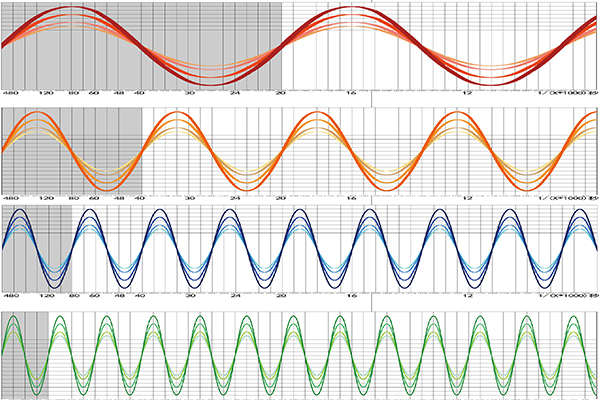 Modern ultrasound cleaners often feature multi-frequency capabilities, allowing users to switch between frequencies for different cleaning tasks. This versatility enhances the system’s applicability across various industries.
Modern ultrasound cleaners often feature multi-frequency capabilities, allowing users to switch between frequencies for different cleaning tasks. This versatility enhances the system’s applicability across various industries.
2. Sweep Frequency
Sweep frequency technology modulates the ultrasound frequency within a specific range, preventing standing waves and ensuring even cleaning. This is particularly useful for complex geometries.
3. Megasonic Cleaning
Megasonic cleaning uses frequencies above 1 MHz to produce extremely small cavitation bubbles. This method is ideal for removing sub-micron particles, making it popular in semiconductor and electronics manufacturing.
4. Automated Systems
Automated ultrasound cleaning systems integrate robotics and programmable logic controllers (PLCs) to streamline the cleaning process. These systems are highly efficient for large-scale operations.
Practical Applications of Ultrasound Cleaning
1. Medical and Dental Instruments
Ultrasound cleaning is indispensable in healthcare for sterilizing surgical tools, dental instruments, and other medical devices. Its ability to reach crevices and hard-to-access areas ensures thorough cleaning.
2. Jewelry and Watches
Jewelers rely on ultrasound cleaners to remove dirt, oils, and polishing compounds from intricate pieces without causing damage.
3. Automotive and Aerospace
In these industries, ultrasound cleaning is used to degrease engine parts, clean fuel injectors, and remove contaminants from aerospace components.
4. Electronics
Ultrasound cleaning is employed to remove flux residues, dust, and other contaminants from printed circuit boards (PCBs) and electronic assemblies.
Appendix: Troubleshooting and Maintenance
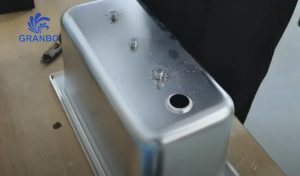
1. Common Issues and Solutions
– Reduced Cleaning Efficiency: This may be due to insufficient power density, improper frequency, or a contaminated cleaning solution. Regularly check and adjust these parameters.
– Damage to Delicate Items: Use higher frequencies and lower power densities for fragile components.
– Excessive Noise: Ensure the cleaning tank is properly insulated and the transducer is functioning correctly.
2. Maintenance Tips
– Regularly replace or filter the cleaning solution to maintain its effectiveness.
– Inspect and clean the transducer to prevent performance degradation.
– Calibrate the system periodically to ensure optimal operation.
3. Safety Precautions
– Always wear protective gear when handling cleaning solutions, especially those containing harsh chemicals.
– Avoid prolonged exposure to ultrasound waves, as they may cause hearing damage.
The Future of Ultrasound Cleaning Technology
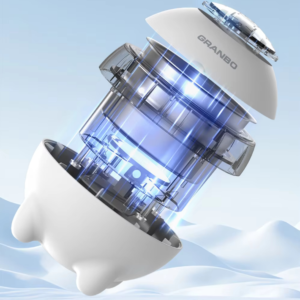
As industries continue to demand higher precision and efficiency, ultrasound cleaning technology is evolving to meet these needs. Innovations such as AI-driven cleaning systems, eco-friendly solvents, and advanced frequency modulation are paving the way for smarter, more sustainable cleaning solutions.
By understanding the terminology, advanced concepts, and practical applications of ultrasound cleaning, professionals can harness its full potential to achieve superior cleaning results.
References
1. Mason, T. J., & Lorimer, J. P. (2002). *Applied Sonochemistry: Uses of Power Ultrasound in Chemistry and Processing*. Wiley-VCH.
2. Ensminger, D., & Bond, L. J. (2011). *Ultrasonics: Fundamentals, Technologies, and Applications*. CRC Press.
3. Gallego-Juárez, J. A., & Graff, K. F. (2015). *Power Ultrasonics: Applications of High-Intensity Ultrasound*. Woodhead Publishing.
4. FDA Guidelines on Medical Device Cleaning. U.S. Food and Drug Administration.
5. ASTM International Standards for Cleaning Processes. ASTM Committee G01.
 GranboSonic
GranboSonic





